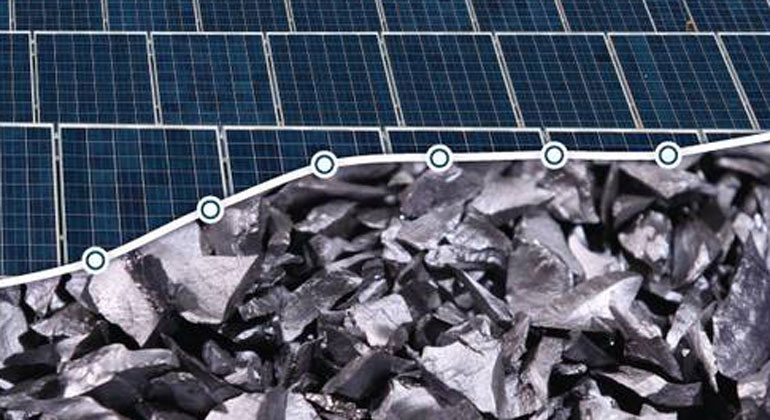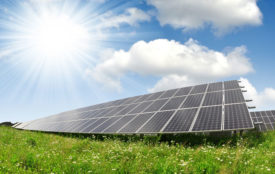Polysilicon Imports Foreshadow Chinese PV Rally
Analysis by Bernreuter Research: Volumes even higher than a year ago
Sharply increasing polysilicon imports into China foreshadow a new installation rally in the world’s largest photovoltaics (PV) market ahead of the feed-in tariff cut on July 1, 2017. “The upper part of the PV value chain obviously anticipates an installation rush that could be even stronger than what we saw in China in the first half of 2016,” says Johannes Bernreuter, head of the polysilicon market research firm Bernreuter Research and author of the Polysilicon Market Outlook 2020. According to the Chinese customs statistics, polysilicon imports reached a new monthly record high of 14,449 metric tons (MT) in December 2016.
Rapid increase of polysilicon imports between October and November
The current trend resembles the development one year ago. Polysilicon imports into China jumped from a low of 7,504 MT in October 2015 to 10,028 MT in November 2015 – an increase of 33.6% – and further rose to a peak of 13,866 MT in March 2016. The surge between October and November 2016 was even stronger: Polysilicon imports skyrocketed by 56.5% from 8,680 MT to 13,584 MT.
Part of this rapid increase can be explained as a reaction to the low domestic production volumes in September and October 2016, when many Chinese manufacturers shut down their polysilicon plants for maintenance in view of the collapsed spot price. However, domestic production quickly recovered from 12,600 MT in October to a new high of 18,000 MT in December. Moreover, the international spot price average has steadily been rising from its historic low of 12.65 US$/kg in early October to more than 16 US$/kg now. “These data signal a strong polysilicon demand,” says Bernreuter.
High import volumes from South Korea prompt Chinese investigation
The main profiteers of the high import volumes are the three South Korean manufacturers OCI, Hankook Silicon and Hanwha Chemical. Within four years, the Korean share in total polysilicon imports into China has more than doubled from 24% in 2012 to 50% in 2016. “OCI and Hankook have benefitted from low import duties of 2.4% and 2.8%, respectively, while US manufacturers have effectively been shut out from the Chinese market by prohibitive duty rates of 53.6% to 57%,” explains Bernreuter.
However, the high Korean import volumes have prompted resistance from Chinese manufacturers. They accuse the Korean importers of a dumping margin of almost 34% and have applied for a mid-term review of the duty rates at the Chinese Ministry of Commerce. On November 22, 2016, the ministry announced that it had started the review. “Chinese producers are now fueling speculation on higher duty rates for Korean imports in order to drive up the spot price,” says Bernreuter. He expects that the international spot price will climb towards 17 US$/kg in the first half of 2017 before it drops again.
Detailed analysis of the impact on the polysilicon market
In-depth analysis of the impact of duties on the polysilicon market is provided in The Polysilicon Market Outlook 2020. The 70-page report contains elaborate scenarios of supply and demand, detailed forecasts of polysilicon prices and manufacturing costs through 2020 as well as the latest development of FBR technology. For more information on the report








